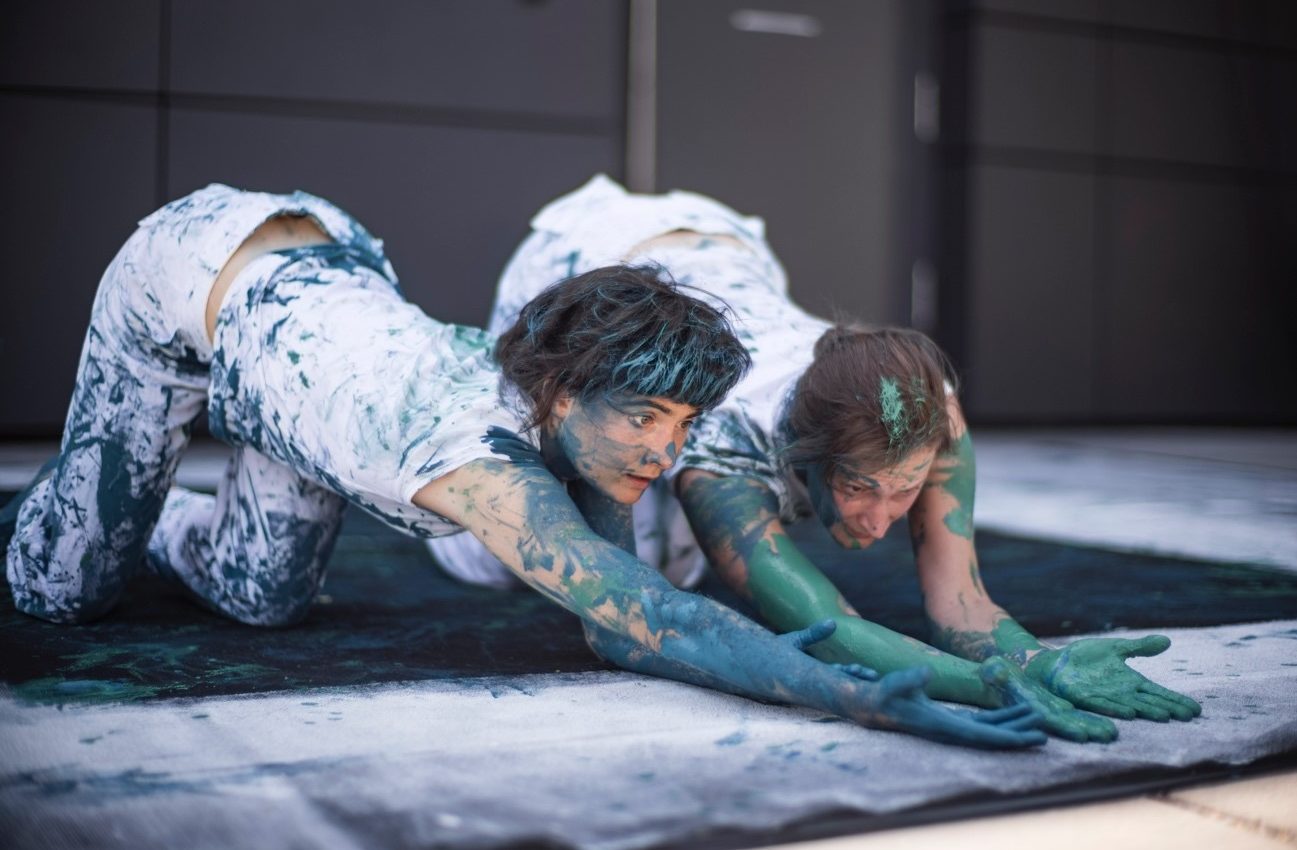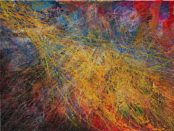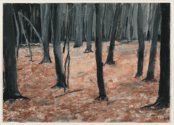The piece “D__ance for the disappeared” is an extension of the State of Disappearance Project directed by Professor Brad Evans and myself (Chantal Meza). It was born out of the impetus to explore how interdisciplinary collaborations might allow us to understand more deeply the various ways into which human disappearance occurs.
Whether we are referring to single acts of abduction, the enforced disappearance of entire communities or systematic policies of annihilation, such violence often rips open a wound in time, offering no viable recovery and no meaningful justice. But what do we actually mean by disappearance? What does it mean for how we rethink history? How should we understand and respond to the problem in the contemporary moment? And how can we make sense of a phenomena that takes us beyond all intelligibility?
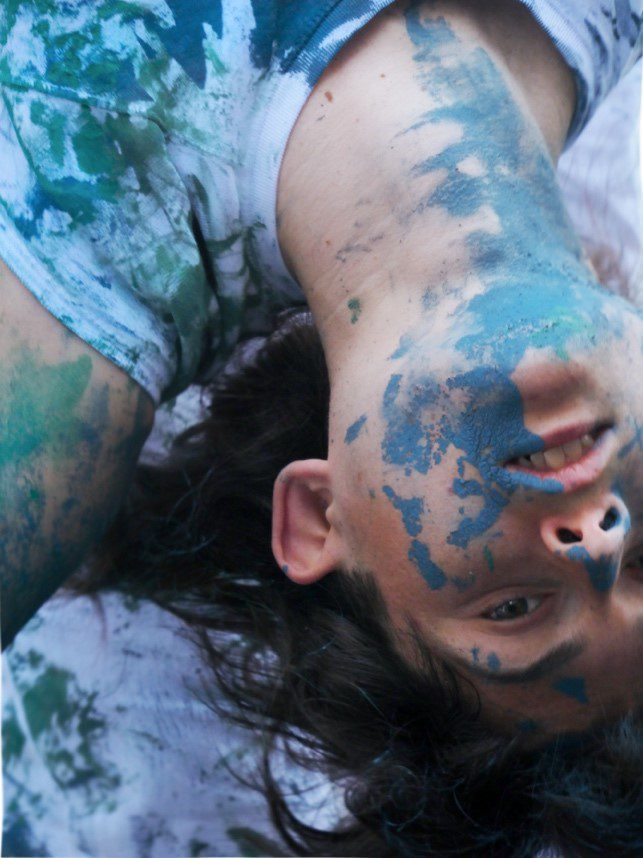
This performance took place at the Karlstorbahnhof, in Heidelberg, Germany where the final artwork is held on permanent public display. The collaboration involved multiple disciplines including Visual Arts, Dance, Music and Critical Theory. It’s hoped that this will be the catalyst for further collaborative events that will explore artistic responses to disappearance.
As collaborator I was aware that as artists we could only venture to wonder the meaning of disappearance in Art, whether in brushstrokes, dancing movements musical compositions or the written word, our lost worlds and the limits of our straight answers can be fiercely pour into those creations, maybe, it is through the encounter with other artists, other many collaborations, we find it easier to explode, to appear and disappear to be never found but just to leave a trace.
The event itself was framed by the music of John Psathas with his album Corybas; a melodic composition performed by New Zealand Chamber Soloists, The New Zealand String Quartet, Stephen Gosling & The New Zealand Trio, the dancers performed while the painter attempt to capture the disappearing movements on canvas in real time. The visual effects were further intensified when, together with the painter, the dancers traced their own movements with paint, leaving traces of their otherwise fleeting motions on the canvas.






The State of Disappearance Project
The State of Disappearance project is a collaborative response that brings together the arts, humanities, social sciences and wider advocacy groups to bring new attention to the multiple ways disappearance occurs. Started in 2017 by the projects co-directors Professor Brad Evans (Director of the Centre for the Study of Violence, University of Bath) and Visual Artist Chantal Meza, it asks what forced absence and human denial means for societies and how we might better understand such violence in the 21st Century?
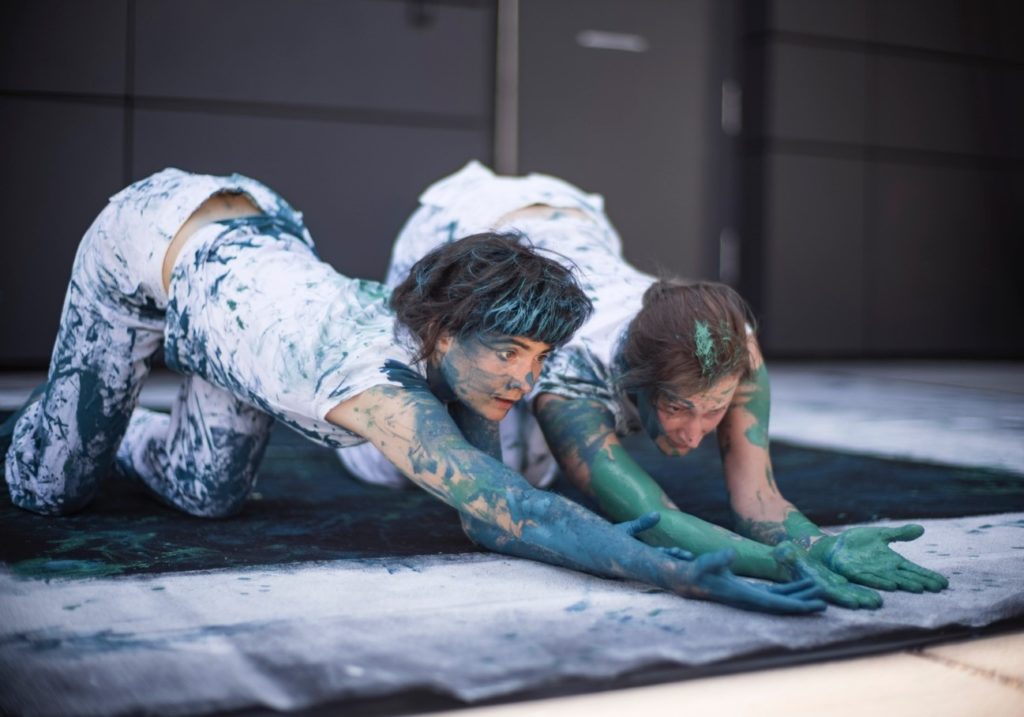
The first phase of the project culminates in the State of Disappearance art exhibition, featuring 75 artworks on the theme by Painter Chantal Meza. The exhibition will take place in Centrespace art gallery in the City of Bristol between Oct 28th to November 8th 2023 and will also coincide with the publication of a book with McGill-Queens University Press. The event features two weeks of public lectures and discussions from leading authorities dealing with the historical and contemporary problem of disappearance. Full details can be found here:
www.historiesofviolence.com/stateofdisappearance
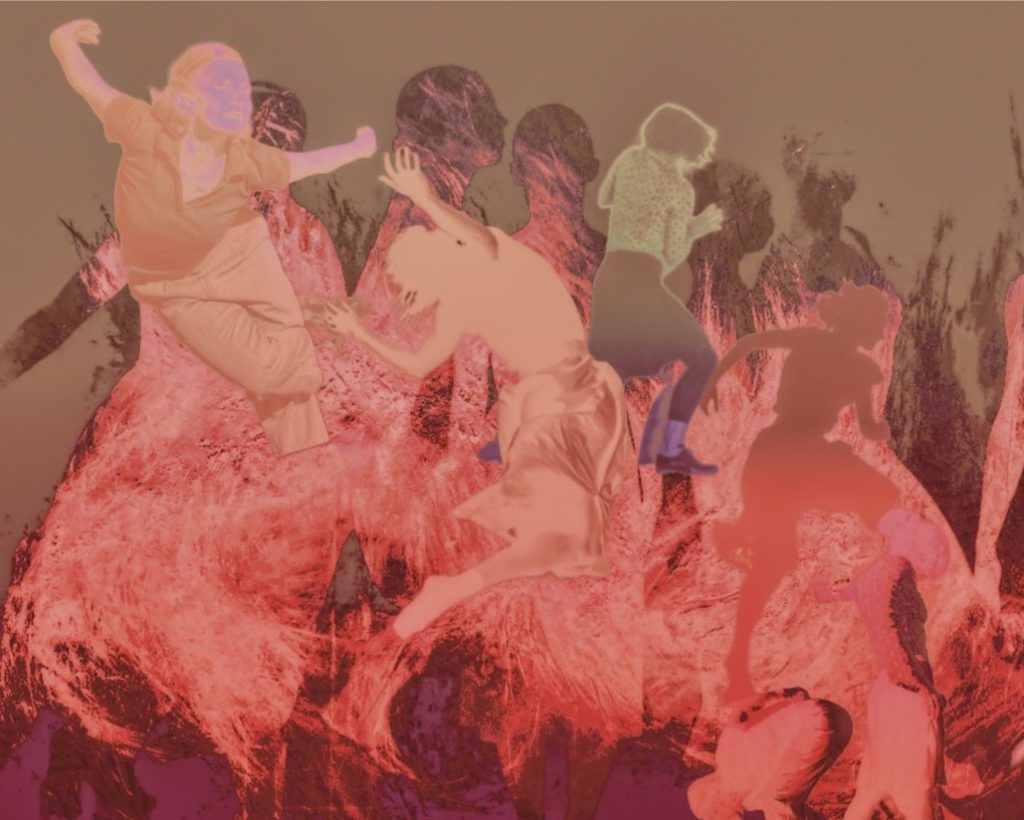
Partners
The project was made possible thanks to our official partners and sponsors.
Arts Council England – Lottery Funded
Histories of Violence
Centre for the Study of Violence – University of Bath
Trebuchet Magazine
Bristol Ideas
Locate International
Global Insecurities Centre – University of Bristol
The Philosopher EST 1923
Festival of Social Science ESRC-UKRI
University College Cork – Ireland
Minerva Series
Centrespace studios & gallery
Images courtesy of Chantal Meza
Photography by Alexander Ehhalt © Alexander Ehhalt
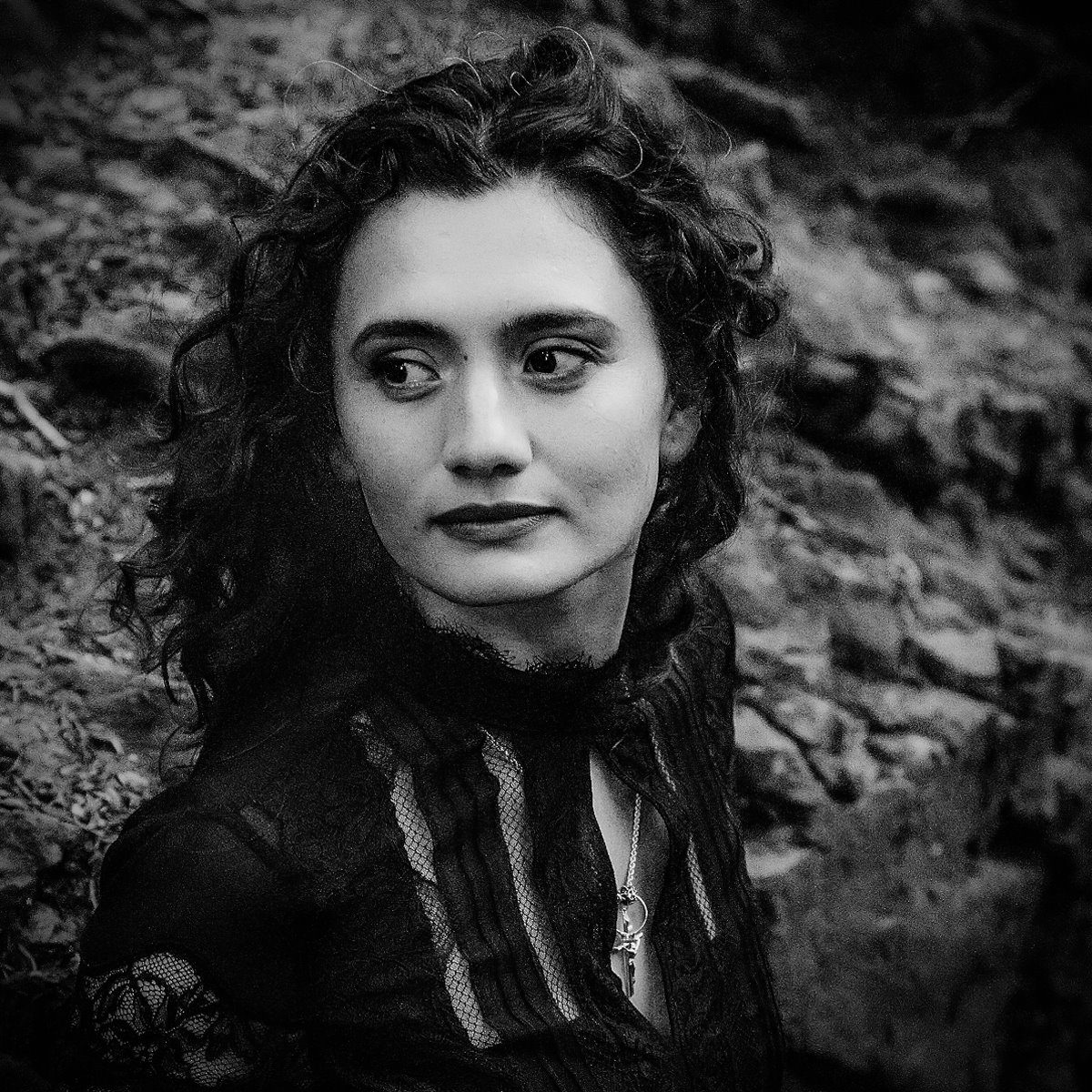
An abstract painter living and working in the United Kingdom. Chantal Meza’s work has featured in Exhibitions, Auctions, Interventions, Biennale & Donations in prominent Museums and Galleries in Mexico, Paraguay and the United Kingdom. Her work is held in private and public collections.

